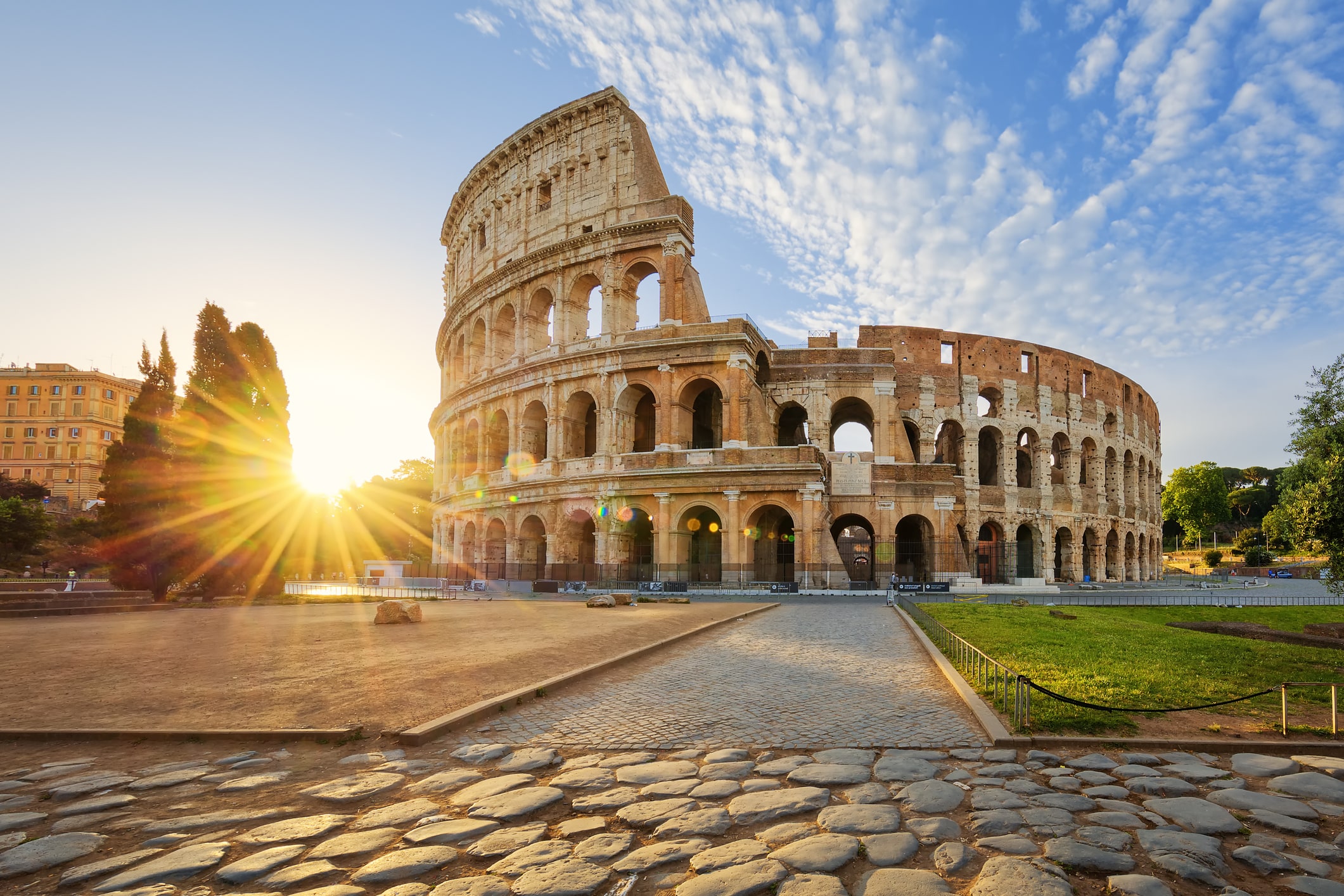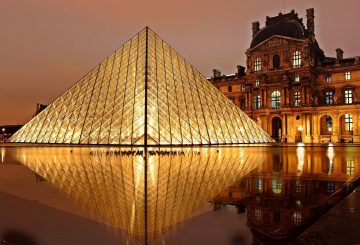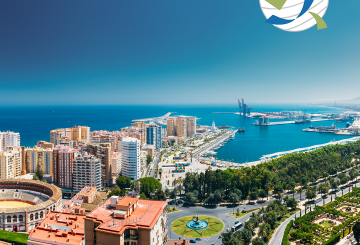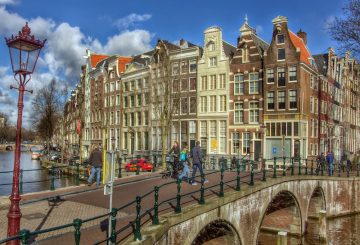
For the visitor or would-be expat, here is an update on how Rome, one of the world’s most popular cities is faring post-pandemic.
Rome, Italy, has been a world center for more than 2,000 years, and today it is much more than just the Colosseum and the Roman Forum. A global city of almost 3 million, it is the capital of Italy and the location of the smallest independent state in the world: Vatican City. It is a center for banking, cinema, high technology and education, as well as a cultural and religious point of reference for millions of people around the world. It is also one of the most popular tourist cities globally.
The COVID-19 pandemic had a strong impact on the Italian economy. In Rome, it caused a decrease in the quality of life, environment, transportation and services in general. Differently from other Italian cities, Rome already suffered from some structural problems that the pandemic ended up exacerbating.
Before the COVID-19 pandemic, Rome’s economy was strong but subject to recurring issues, including high unemployment and a high government deficit. The pandemic worsened the situation dramatically. In Rome, it severely hit the fashion, cultural and entertainment sectors, and the hospitality industry.
Now, three years after the beginning of the pandemic, tourism in the city is back to pre-COVID levels and expected to continue to grow. But despite a major influx of tourists, the labor market is struggling. Hundreds of hotels, bars and restaurants in the city did not survive the pandemic, and with them, plenty of workers were laid off.
Currently, there is a severe shortage of thousands of employees, in part because workers are scared by the uncertainty of the industry, but also by low salaries, long hours and the precarity of temporary employment contracts.
Nationally, unemployment is at around 8%, peaking at almost 23% among young people. Though the situation has improved since the pandemic, these rates are still very high.
Transportation Update
Rome’s extensive bus, tram and urban railway network is run by ATAC (Italian, English). The website has a trip planner and other information on services to get around the capital.
There is a three-line metro system, the Metropolitana (Italian), although line C, despite being opened, has yet to be completed. The forecast completion date is currently 2033. A fourth line has been proposed, but the project is currently under development.
Although not extensive, the city’s metro lines have stops in every main tourist attraction. One of the reasons behind such a small metro system in a European capital is the presence, underneath the city, of ancient Roman ruins that make the works difficult to execute. Another reason is the high level of corruption running among the political forces governing the city.
Termini, the main railway station, is the largest in Rome and the second-largest station in Europe. The second-largest station in Rome, Roma Tiburtina, is a high-speed rail terminus.
Rome has three airports:
- The Leonardo da Vinci International Airport, also known as Roma Fiumicino, is located southwest of the city and is the most important airport serving the capital.
- The older Rome Ciampino Airport is a joint civilian and military airport southeast of Rome.
- Roma-Urbe Airport is a small airport located in the north of the city and mainly used for small commercial flight and private services.
More information on Rome’s Fiumicino and Ciampino airports can be found through the ADR website (Aeroporti di Roma — Airports of Rome) (several languages).
Traffic is a problem.
The city’s circular road system, the Ring Road or Grande Raccordo Anulare (GRA), circles Rome at a distance of about ten kilometers/six miles from the city center. This system makes driving between areas of Rome possible without entering the historic center, where traffic is usually more intense. Congestion has led to restrictions on vehicle access to the city center during the day. Restricted areas are known as Zona a Traffico Limitato (ZTL, Limited Traffic Zone).
The city has fewer taxis per residents than most European cities. Until recently, Uber was banned from Rome after years of protests by taxi drivers, but now the service operates in the city in collaboration with them. This means that through the Uber app it is possible to book a ride with the city taxis of Cooperativa Radiotaxi.
Environmental Concerns
Air pollution is of great concern due to the heavy traffic congestion and the almost constant sunshine. The government has imposed limits on traffic and has been trying to develop, for years now, though quite unsuccessfully, an expanded metro system to help mitigate the impact traffic has on the environment.
Tap water here is potable. There are thousands of free water fountains, called nasoni, throughout the city. Rome’s watermap identifies the potable water fountains in the city center, as well as the ones of historical interest. Water from these fountains is clean, clear and cool.
To check the quality of the water in your area, consult the city’s water provider Acea SpA (Italian).
Rome has been trying to implement recycling and improve waste management initiatives in the city center but has a long way to go. Currently, not only is the system not improving, but the percent of recycled garbage has decreased. Less than 50% of garbage in the city is recycled.
Population and Demographics
With a metropolitan population of more than 4 million, this is the most populous city in Italy and the eighth-most populous city in Europe. The city population is falling slightly, while Italy’s overall population is shrinking, due to falling birthrate, aging residents, but also to a lower number of foreign citizens choosing to live in the country.
Rome, like Italy, has an aging population. Children and youth aged 14 and younger make up a bit less than 13% of the city’s population, while people older than 65 make up for more than 23% of the population — like the statistics of the entire country.
Almost 13% of Rome’s population is non-Italian. More than 21% of the city’s immigrant population is from Romania, followed by the Philippines, Bangladesh, China, Ukraine and Peru.
Arts
Rome is a major tourist destination with many attractions, including famous museums such as the Musei Capitolini and the Galleria Borghese, as well as the city’s many fountains, churches, aqueducts, palaces, historic buildings, monuments and ruins. The Pantheon, the Colosseum, the Imperial Fora area and the Vatican Museum are among the most visited places in the world. The city reached an annual record 29 million tourists just prior to the pandemic, but the spread of the virus dramatically decreased the number of tourists coming to the capital. Many people, especially managers of popular tourist attractions, hope that the vaccination plan started by the government will draw visitors once again to the Eternal City.
Rome is a major center for music. The new Parco della Musica is one of the largest music venues in the world. The city has an opera house, the Teatro dell’Opera di Roma, and other important musical institutions.
With several commercial and independent cinemas, Rome is the capital of Italian film production. Film lovers can visit the famous film studios of Cinecittà (Italian, English), as well as the new Cinecittà World (Italian, English), an amusement park with the theme of Italian filmmaking. Unfortunately, just like many other businesses, some famous independent cinemas are struggling financially — with some unable to survive — due to the prolonged inactivity brought on by the pandemic.
Leisure
La dolce vita (‘the sweet life’) is the word here, where relaxing while enjoying wine or coffee in one of hundreds of squares has always been a pleasant way to spend the afternoon. This is even more true after the COVID-19 pandemic, which brought the need for many Italians to spend more time outdoors.
Activities such as a stroll through the car-free Trastevere section of town, where cheap eats and street shopping abound, or a stroll through one of Rome’s several parks, such as Villa Borghese or Villa Pamphili, have become even more popular. Many restaurants, pubs and cafes have doubled or even tripled their outdoor space to meet people’s demand during the pandemic.
Trastevere is also the hot spot for music and clubs, along with other trendy neighborhoods such as San Lorenzo, Il Pigneto and Testaccio.
Rome’s popular outdoor activities draw guests to:
- Explore ancient history at the Colosseum or the Roman Forum and hundreds of other locations. Right outside the city, explore the large and well-preserved archeological site of Ostia Antica, close to the modern suburb of Ostia, the harbor city of ancient Rome. The site is worth a day trip.
- Visit one of the oldest farmers’ markets in Rome at Campo dei Fiori, which is open every morning except Sundays.
- Check out the Keyhole of the Knights of Malta near the Circo Massimo and the Giardino degli Aranci (Garden of the Oranges), from where you can enjoy a view of Rome.
- Join beer lovers in Rome in October to enjoy Eurhop!, the biggest international craft beer festival in Italy. If you prefer wine instead, there is the traditional Sagra dell’Uva, a popular festival celebrated since 1925 in the medieval town of Marino (in the Castelli Romani, half an hour from Rome). During the festival, held the first week of October every year, the town’s drinking fountains dispense wine instead of water.
Access to GoinGlobal’s resource database is provided through subscribing institutions. Contact your school’s career center or library for access instructions. Login to your GoinGlobal account here.
Follow @goinglobalTweet to @goinglobal



